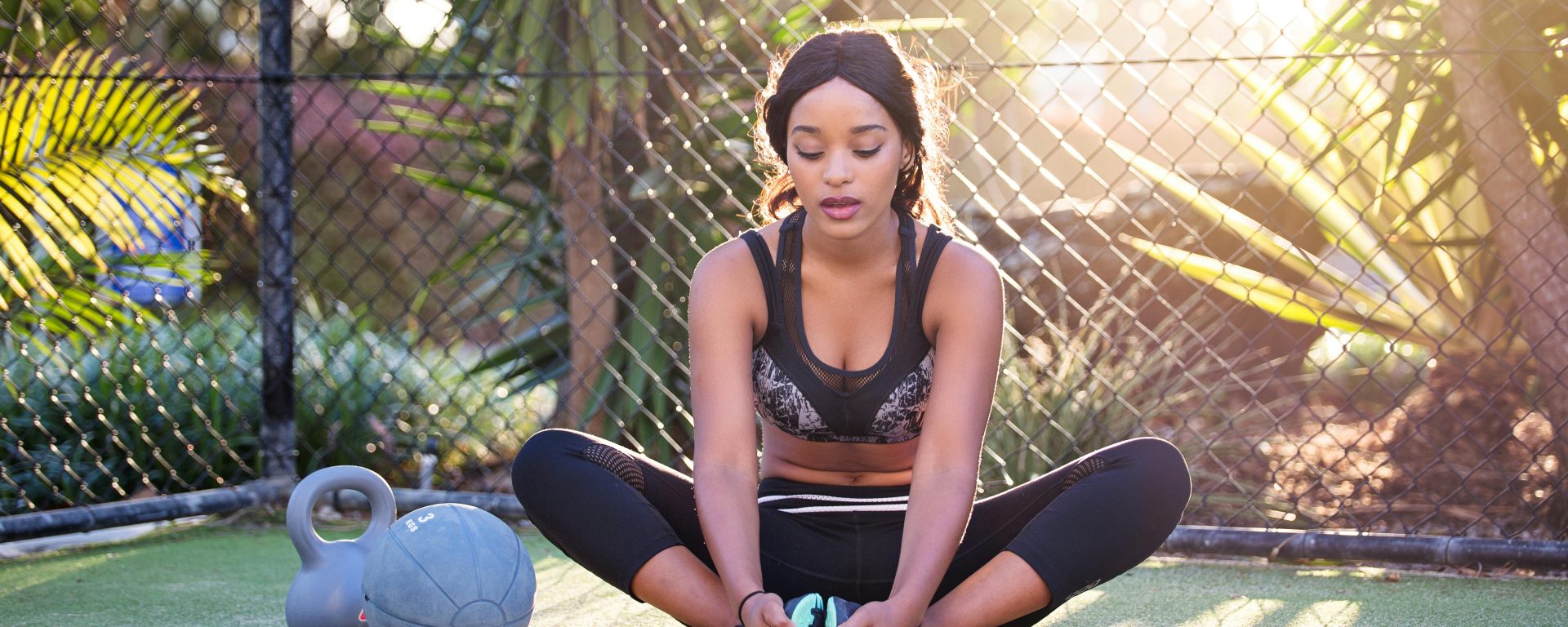In 2016, a study led by Dr. Pravinkumar Patil, in collaboration with Dr. Vinay Hazarey, Dr. Rekha Chaudhari, and Dr. Smita Nimbalkar-Patil, has highlighted the clinical efficacy of a novel mouth-exercising device (MED) in treating Oral Submucous Fibrosis (OSMF), a chronic condition that severely restricts jaw movement.
Oral physiotherapy, particularly mouth exercises, is already recognized as a crucial component in the treatment of OSMF. The condition is primarily characterized by progressive stiffness of the oral mucosa, leading to reduced mouth opening and eventual immobility. Alongside oral physiotherapy, conventional treatment strategies include the use of topical corticosteroids, intra-lesional drug injections, and surgical interventions, depending on the severity of the condition.
This study aimed to investigate the efficacy of a newly designed mouth-exercising device when used alongside these standard treatment modalities. The device was tested in a randomized controlled trial, providing a structured approach to determine whether it could offer additional benefits in increasing mouth mobility.
The trial involved 231 OSMF patients who were randomized into two groups: Group A, which received the mouth-exercising device (MED) in addition to standard treatment, and Group B, which followed the standard treatment regimen without the MED. Each group was further divided based on the severity of the condition, as measured by inter-incisal distance (IID), which indicates the degree of mouth opening.
- Subgroups A1 and B1 included patients with moderate IID (20-35 mm) who received no additional therapy besides basic treatment.
- Subgroups A2 and B2, also with IID between 20-35 mm, received additional intra-lesional injections.
- Subgroups A3 and B3, with severe cases (IID less than 20 mm), underwent surgical treatment.
Mouth opening (IID) was measured at the start of the study and after six months of treatment, and statistical analysis was performed to assess the improvement.
The results were clear: patients using the mouth-exercising device showed significantly greater improvement in mouth opening compared to those who received standard treatment alone.
- Subgroup A1, which used the MED alongside basic therapy, saw an average increase in IID of 8.4 mm, compared to 5.5 mm in the B1 group (p < 0.01).
- In patients receiving intra-lesional injections (A2 and B2), the improvement was 9.3 mm for those using the MED, compared to 5.1 mm in the control group (p < 0.01).
- The most dramatic difference was seen in the surgery groups (A3 and B3), where those using the MED had an average IID increase of 9.6 mm, compared to just 4.8 mm in the non-MED group (p < 0.01).
The use of the mouth-exercising device significantly enhanced the effectiveness of conventional OSMF treatments, including local ointments, injections, and surgical procedures. The device led to greater improvements in mouth opening, an essential factor in improving the quality of life for OSMF patients. The findings suggest that the MED could become a valuable adjunct in the multidisciplinary management of this condition, offering hope for those suffering from the debilitating effects of OSMF.
Reference: Patil, P., Hazarey, V., Chaudhari, R., & Nimbalkar-Patil, S. (2016). Clinical efficacy of a mouth-exercising device adjunct to local ointment intra-lesional injections and surgical treatment for oral submucous fibrosis: a randomized controlled trial. Asian Pacific Journal of Cancer Prevention, 17(3), 1255-1259.
